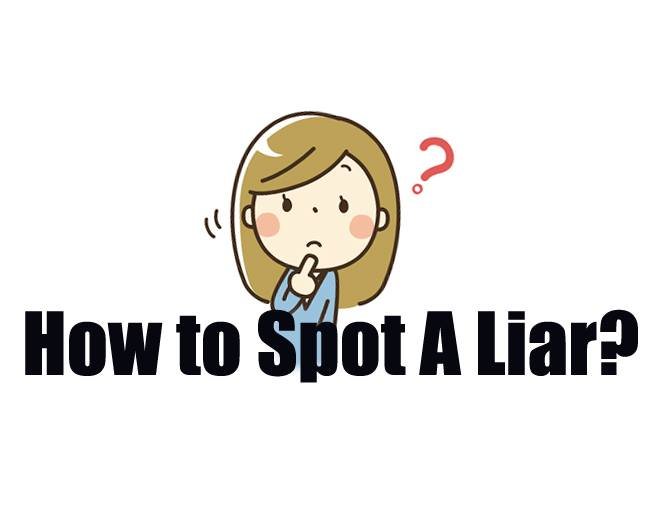Lying is something every person has done at least once at some point in their lives. But lying, like most social behaviors, is also a result of social conditioning that people learn when they are kids. They learn that lying gets them out of problematic situations, for example with their parents, and reduced punishment for them (at least until they get caught). But lying while you are a kid and lying when you have grown up have very different consequences essentially because as a child, your mistakes are small and pardonable easily. The resultant punishment you receive is given so that your moral structure and social responsibility forms according to societal standards. But continuing to lie always, even in small situations is a problem because as an adult, you deal with other people and their emotions, feelings and more. The responsibility is much bigger because it encompasses others in a much larger and universal capacity. The problem can worsen and as a result, people can turn out to be pathological liars.

But there are some ways to spot a liar:
Ask neutral questions: Asking non-threatening questions is a great way to start any conversation as they will help you in establishing a baseline, just like it’s done on polygraph tests. Non-threatening questions can be related to the weather or how their day was, what are they planning to eat for dinner, their plans for the weekend etc. Basically, anything that would elicit a normal and comfortable response. Now, during the response, observe and if possible record their body language as well as eye movement since this can give a baseline pattern for behavior.
Locate the hot spot: Now that a baseline response has been observed, it is time to move from the neutral territory in lying territory where you will be able to observe changes in body language, eye movement, sentence structure formations and facial expressions. Remember that these clues will be different in different cases so that’s why it is important to observe that baseline.
- Regarding clenched hands: These are a sign of distress or dishonesty; hands on the hips indicate anger or restraint and crossed arms are a sign of distress, dishonesty or disagreement as hand in pockets, rubbing necks or placing objects like purse or coffee between two people.
- As for eye movements, neuro-linguistic programming says that looking up and to the right indicates that the person is thinking about something which occurred visually as is looking straight ahead without any haze in their eyes; looking sideways and to the right means that the incident was heard; looking sideways and to the left means that they are thinking of a lie; looking down and to the right means that they are talking to themselves; down and to the left indicates that the person is thinking about an action they did.
- Regarding facial expressions, careful observance can show that the coloration can change to a lighter shade of pink (this is called facial flushing), flaring of nostrils, perspiration and blinking rapidly due to prolonged periods of lying, all signify an increase in brain activity.
- As for sentence structure, when a person is lying, it results in their sentence structure changing slightly, like it can get more slow or quick, achieves a lower or higher pitch and tone as well. The sentences can also become more complex as their brain works hard to keep up their fabricated tales.
- People also try to distance themselves from their stories and shift the focus to others so there will be fewer I’s and me’s; as liars will try to psychologically distance themselves from the incident they are fabricating.
Recommended for you:
Some Important Psychological Reasons of Telling Lie
Observe their feet: People don’t generally pay attention to the footwork of liars and so tend to miss out on great clues as liars have a hard time controlling their lower limb movements unless they are specifically paying attention and even then it might be difficult. It is believed that the feet will point towards the way they want, as in psychologically they will want to walk towards the truth.
Mixed Signals: Pay attention when you feel like people are trying to confuse you with mixed signals- as in the person’s body language does not match with their words. In these cases trust body language in assisting you in detecting liars.
Eye contact: Eye contact is a great way to check if someone is being truthful or not. Generally, people maintain eye contact as it shows that they are paying attention to the opposite person and are in tune with them, but when lying people tend to avert their eyes and prefer not to make eye contact.
Handshake: Coming up with an excuse to shake the person’s hand during the interviews can be useful as it has been seen that a person’s hands become cold when they are prolonging their lies or are lying too much.
Perspiration: Sweating is another great indicator of a person who is lying. It is generally known that when a person lies they tend to perspire, even in cold rooms. This is a dead giveaway that a person is lying.
It should be noted that these methods work for around 70%-80% of the population in general. But the good news is that it is believed that the rest of the population just shows opposite reactions to the above set. So, if you feel like someone is lying to you, try to be attentive and catch them out in their own game- by asking the right questions and observing their body language. This way, you never be faked out again by anyone.